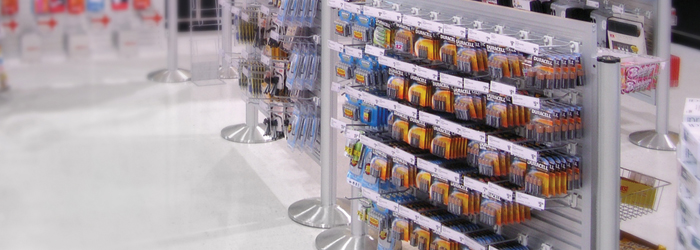How do you know if your front-end merchandising plan is working? You test it, of course. You can eyeball the queue to see what merchandise is drawing customers’ attention, and you can of course review sales data to measure the popularity of various items, but there’s another way to get the job done: A/B split testing.
What Is A/B Split Testing?
A/B split testing is a method used to test one idea or strategy against another to determine the “winning approach.” It’s an ongoing process of elimination that strives to achieve the highest possible outcome for a given objective. In the case of front-end merchandising, you can use A/B split tests to find that ever-elusive “waiting-to-selling” sweet spot. As a retailer, you really have to balance those two seemingly competing objectives of maximizing sales in the queue while not making people wait in line too long. If your line is too long or cumbersome you’re bound to lose customers. And, let’s face it, if it’s too short your customers won't have time to grab those last few impulse items. So while the objective isn’t to make people wait, when that inevitable line occurs you might as well make the most of it.
How to Run an A/B Split Test
Assuming your line is already merchandised, you’ll want split your queue into “zones.” (Not literally, just for purposes of measurement.) By splitting the queue into zones, you can see how each zone performs. Split-testing works by collecting data on customers as they enter and exit each zone and make their purchases. After a time interval, you change merchandise locations and collect more data. Once your testing is complete, the data is totaled and averaged, and by-zone dwell time and impression counts are married to SKU sales data for each time interval. All of this data can be combined to show you the optimal merchandise mix for maximum sales in the queue. To do this right, you’ll need a merchandising analytics system capable of capturing queue data such as queue length, open service points, and customer count by zones. The right system will analyze all of this data and marry it to SKU sales data, revealing how best to optimize your entire front-end approach. A/B split testing takes the guesswork out of merchandising so that you can settle on the most effective plan. By monitoring, analyzing, and comparing queue/sales activity you can create the optimal merchandise mix for maximizing your in-queue sales. 











